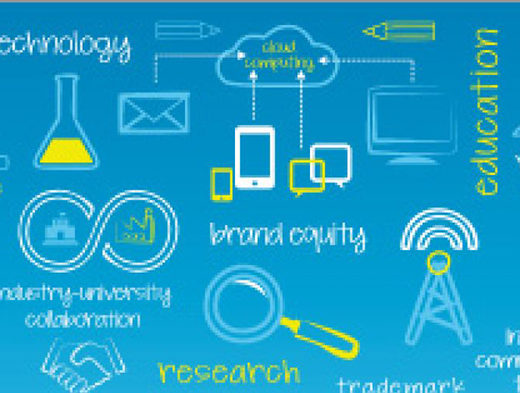The public wrangling of the past few months over whether Minnesota’s competitive glass is half full or half empty has left me a little confused. You would think that in the midst of one of the best economies ever we would take time to celebrate the successes of our business community.
Instead, there is a fear that Minnesota has not been keeping pace with many other parts of the country in what is being referred to as the New Economy.
This concern is the result of several recent reports indicating that Minnesota is lagging in venture capital investment and entrepreneurial activity. But it’s important that we keep a sense of perspective.
We need to recognize that for more than a century, Minnesota has maintained its position as a leading center of commerce in the United States because of its diverse, balanced economy—not because of a particular technological edge.
Competitiveness in technology has historically been cyclical in nature and no community or geographic area has held a long-term stranglehold. For instance, a decade ago, the predictions were that Japan’s technological leadership was going to dominate the world.
During the 1990s, both Austin, Texas and San Francisco suffered significant recessions. Today, Japan is still recovering from a long recession while both Austin and San Francisco appear to be flourishing.
We need to remind ourselves that the current e-revolution is still in the beginning stages; it is far too early to start winnowing out the winners and losers. We also need to remember that the business landscape soon will be altered by new waves of technology.
So, before we throw ourselves into one of those ‘woe is me,’ self-deprecating, the-grass-is-greener-in-the-Silicon-Valley rants, here are some of the things you need to remember when you hear that Minnesota is losing its competitive edge:
We need to recognize that technology is more than just the Internet and dot-coms. From advanced manufacturing to agribusiness and the life sciences, new innovations are creating new companies and helping existing Minnesota firms become more competitive.
This breadth includes industry leaders Medtronic, ADC, 3M, Cargill, and Imation as well as new firms such as Optical Solutions, SurModics, Net Perceptions, DataLink, Redtagbiz, Digital River, and Zomax. This diversity has, in many ways, made us the envy of other parts of the country.
Some of the studies that gave us low marks for entrepreneurial activity rank us high in other areas. For example, the American Electronics Association’s Cyberstates Report ranks us 7th in high-tech manufacturing employment in the nation. The Progressive Policy Institute’s Technology, Innovation and New Economy Project gives us low marks for “job churning” and “gazelle” jobs, but ranks Minnesota in the top 10 states in the nation in knowledge jobs, high-tech jobs and technology in schools.
Competitiveness is not limited to companies developing new technologies—it also comes about as the result of existing industries exploiting and applying technology that has been developed all over the globe. Moreover, the current wave of innovation in Information Technology is perfect for our business community because they are enabling technologies (i. e., they lend themselves to making existing businesses more productive).
Minnesota companies excel at using technology as a tool for running their businesses more effectively. Just look at “old economy” firms such as Best Buy and Fingerhut that are touted as leaders in applying Internet-based technologies.
Veritas Software, one of the fastest-growing software companies in the country, plans to add some 400 employees to its Twin Cities operations, making it the company’s third largest hub in the country. In Yahoo!’s Net Life rankings of the most wired cities in the U.S., Minneapolis-St. Paul is in 8th place. These are all indications that Minnesota remains a leader in embracing Internet-based technologies.
There is, of course, concern about the low number of new companies and the lag in venture capital investment coming into Minnesota. While this part of our economy is not as dynamic as other regions, this also needs to be put into context.




No Comments